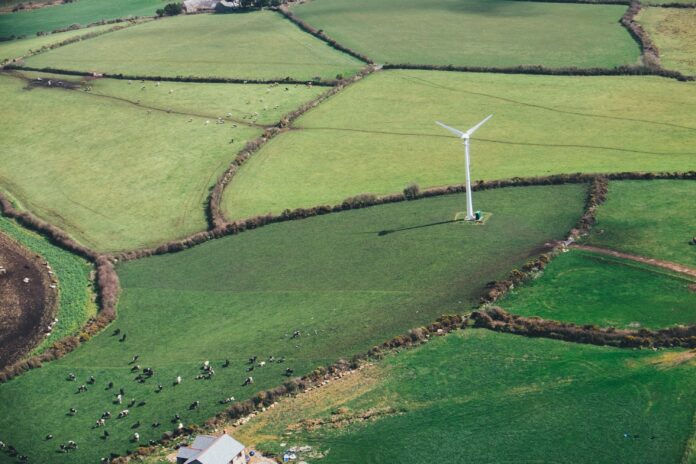The energy transition is considered very important to be accelerated. This is because the energy transition can drive national economic growth. Moreover, Indonesia needs new sources of economic growth after the COVID-19 pandemic hit.
The energy transition has the potential to grow the economy significantly because it can attract incoming investment, absorb labor, and improve industrial performance.
The World Bank predicts that an ambitious energy transition could have a positive effect on the domestic Gross Domestic Product (GDP). In the first scheme, there will be an addition of 0.2 percent to GDP by relying on private financing and 0.1 percent by using mixed funding.
Whereas in the second scheme, namely with a more ambitious energy transition target, Indonesia’s GDP can increase by 0.3 percent with private financing and 0.1 percent with mixed funding.
Deputy Minister of Finance Suahasil Nazara assesses that PT Perusahaan Listrik Negara or PLN has a significant role in becoming a pioneer in carrying out the energy transition in Indonesia. Therefore, the government and PLN continue to map the potential for the development of the energy transition, as a collaborative and synergistic step.
Apart from collaboration, Energy Finance Analyst Institute for Energy Economics and Financial Analysis (IEEFA) Elrika Hamdi assesses that four other key steps are needed to accelerate the energy transition agenda. First, there needs to be a policy framework that is well-designed and full of incentives that make it easier for investors to enter Indonesia.
Second, maximizing the potential of natural resources currently owned by Indonesia as an energy base. PLN has done this by mapping the potential of natural resources to support energy security and energy efficiency.
The third key, namely the Indonesian government’s action in launching the Energy Transition Mechanism (ETM) is a progressive step that needs to be supported to be able to facilitate profitably and facilitating investment schemes, then the fourth is to align and build investor and borrower confidence in providing cheap and interest-bearing green financing. low.
The steps taken by PLN in packaging the project plan were able to increase investor confidence in investing in the New Renewable Energy (EBT) generation sector. Nevertheless, PLN still needs to create technology so that development continues to prioritize the efficiency and reliability of electricity supply.
Therefore, the energy transition agenda must be carefully prepared, including the costs required and the impacts that can be generated.
PLN has made various efforts in the transition agenda. Apart from aggressively building EBT-based power plants, PLN is also encouraging the electric vehicle ecosystem so that it can reduce the dependence on fossil energy amid the challenges of the net zero emission target and the energy crisis.
Shortly, it must be ensured that clean energy will guarantee energy security and affordability. For example, in the short term, the use of natural gas is an important strategy in the energy transition apart from developing EBT.
Meanwhile, in the long term, PLN focuses on the development of large-scale renewable energy combined with energy storage and interconnection. The company has succeeded in eliminating 13 gigawatts (GW) of coal power plants in the planning phase, which means that Indonesia has been able to avoid carbon dioxide (CO2) emissions of 1.8 billion tons for 25 years.























